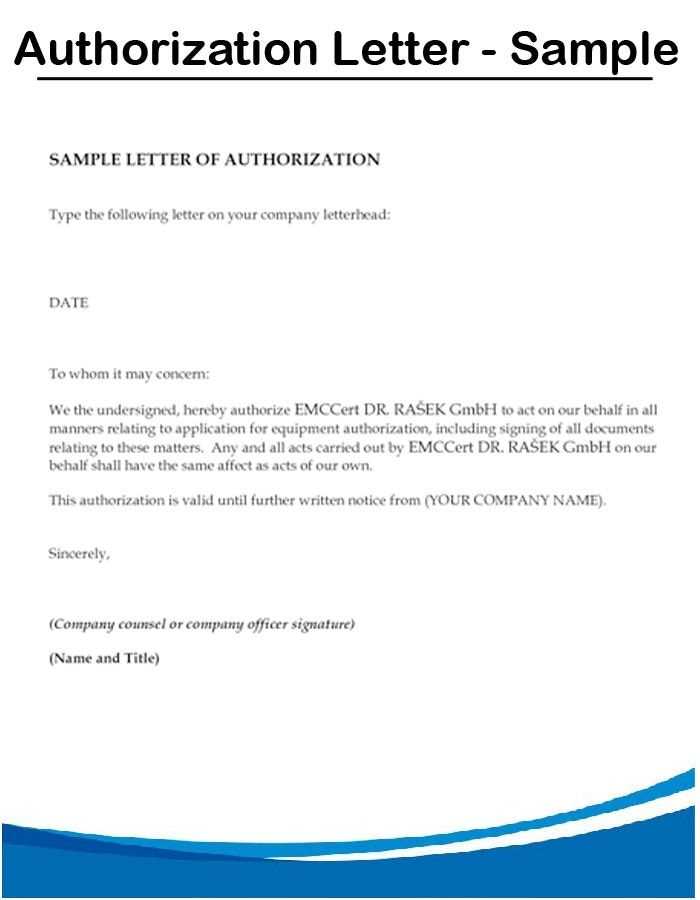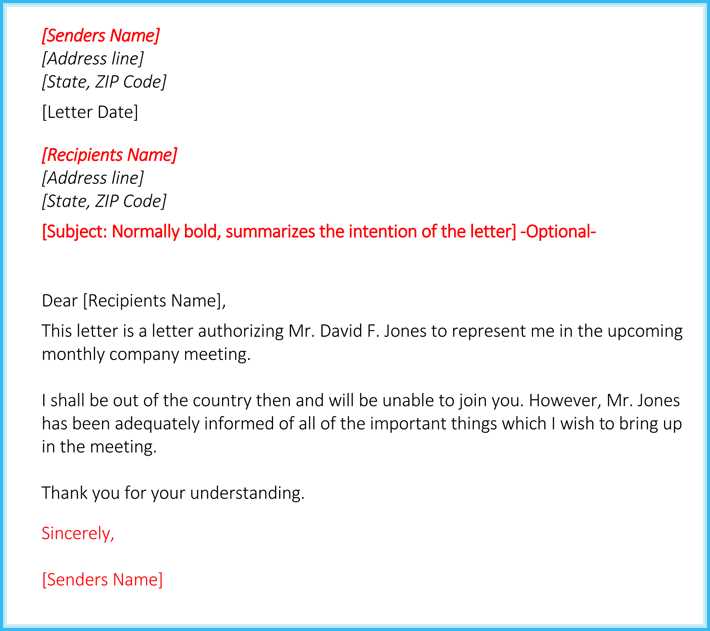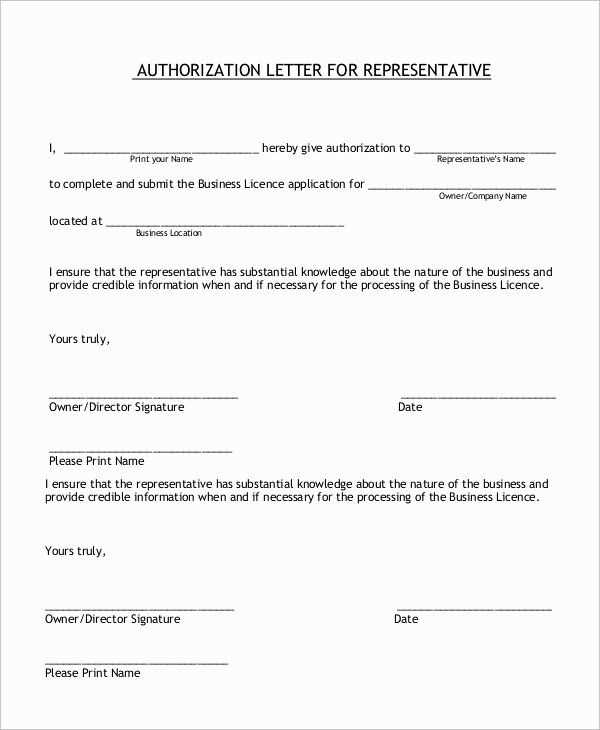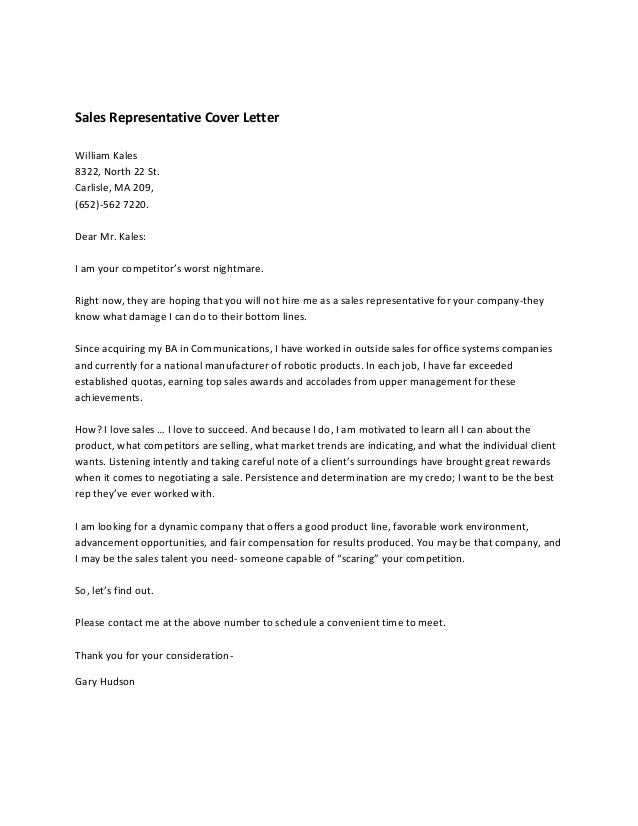Representation letter template

Key Elements of a Representation Letter

A representation letter should clearly outline the facts, commitments, and assurances made by the entity or individual issuing it. It is crucial for these letters to reflect accuracy and transparency. Here’s what should be included:
- Introduction of the Parties Involved: Begin by identifying the parties involved in the agreement. This includes the name of the person or organization issuing the letter, as well as the recipient, typically an auditor or another interested party.
- Statement of Responsibility: Clearly state the role and responsibility of the entity providing the letter. This may include confirming financial statements, records, or other critical pieces of information as being true and accurate.
- Assertion of Accuracy: Make a clear assertion regarding the accuracy of the information being provided. This ensures that all facts are presented truthfully and to the best of the knowledge of the signatory.
- Disclosure of Information: Include any significant events, transactions, or conditions that could affect the accuracy of the statements being made. A representation letter should disclose everything that could influence the recipient’s understanding of the facts presented.
Structure and Formatting

The letter should maintain a formal yet straightforward tone. It is recommended to keep the language precise and avoid unnecessary legal jargon. Follow these steps for formatting:
- Header: Include the name, address, and contact details of the sender.
- Subject Line: Clearly mention the purpose of the letter, such as “Representation of Financial Statements” or “Representation Regarding Compliance.”
- Body of the Letter: Present the statements in a logical order. Ensure that each assertion is concise and clear.
- Closing: End the letter with a polite and formal closing, followed by the signature of the issuer.
Sample Template
[Sender’s Name]
[Sender’s Address]
[City, State, Zip Code]
[Date]
[Recipient’s Name]
[Recipient’s Position]
[Recipient’s Address]
Dear [Recipient’s Name],
We hereby confirm that the statements included in the financial records for the period ending [Date] are true and complete to the best of our knowledge. All financial transactions, assets, liabilities, and disclosures have been accurately represented.
We also confirm that there are no undisclosed liabilities or pending litigation that would significantly affect the integrity of these statements.
Please do not hesitate to contact us for further clarification.
Sincerely,
[Sender’s Signature]
[Sender’s Name]
Representation Letter Template: A Detailed Guide
Understanding the Purpose of a Representation Letter
Key Elements to Include in a Representation Letter
Formatting Considerations for Professional Letters
Common Mistakes to Avoid When Drafting a Letter of Representation
How to Customize a Representation Letter for Specific Audiences
Legal and Ethical Considerations in the Use of a Representation Letter
Begin by clearly defining the purpose of the letter. The representation letter serves to confirm the accuracy of statements made by one party to another, often in legal, financial, or corporate contexts. It’s a way to establish trust and confirm facts that may influence decisions or actions.
Key Elements to Include
Include the names and roles of all parties involved, ensuring clarity on the relationships being confirmed. State the facts or conditions being represented, specifying any limitations or exclusions. Include a statement asserting that the information is true and accurate to the best of the signatory’s knowledge. Always close with a date and signature lines for all involved parties.
Formatting Considerations

Use a clean, professional layout with clear headings and a consistent font. The letter should have a formal tone but remain straightforward. Make sure the document is signed in ink where required and consider including a section for notarization if applicable.
Avoid vague or ambiguous language. Specify what is being represented to prevent misinterpretation. Keep the structure simple and logical to make it easier for the recipient to verify the claims being made.
Customize the letter based on the audience. For example, a letter for a corporate audience may include more detailed financial assertions, while a legal audience might need additional clauses or references to legal precedents. Always tailor the tone and content to fit the context.
Finally, make sure to review the legal implications. Ensure that the representations made are within your authority and do not mislead or omit key information. Keep ethical considerations front and center to maintain professional integrity.